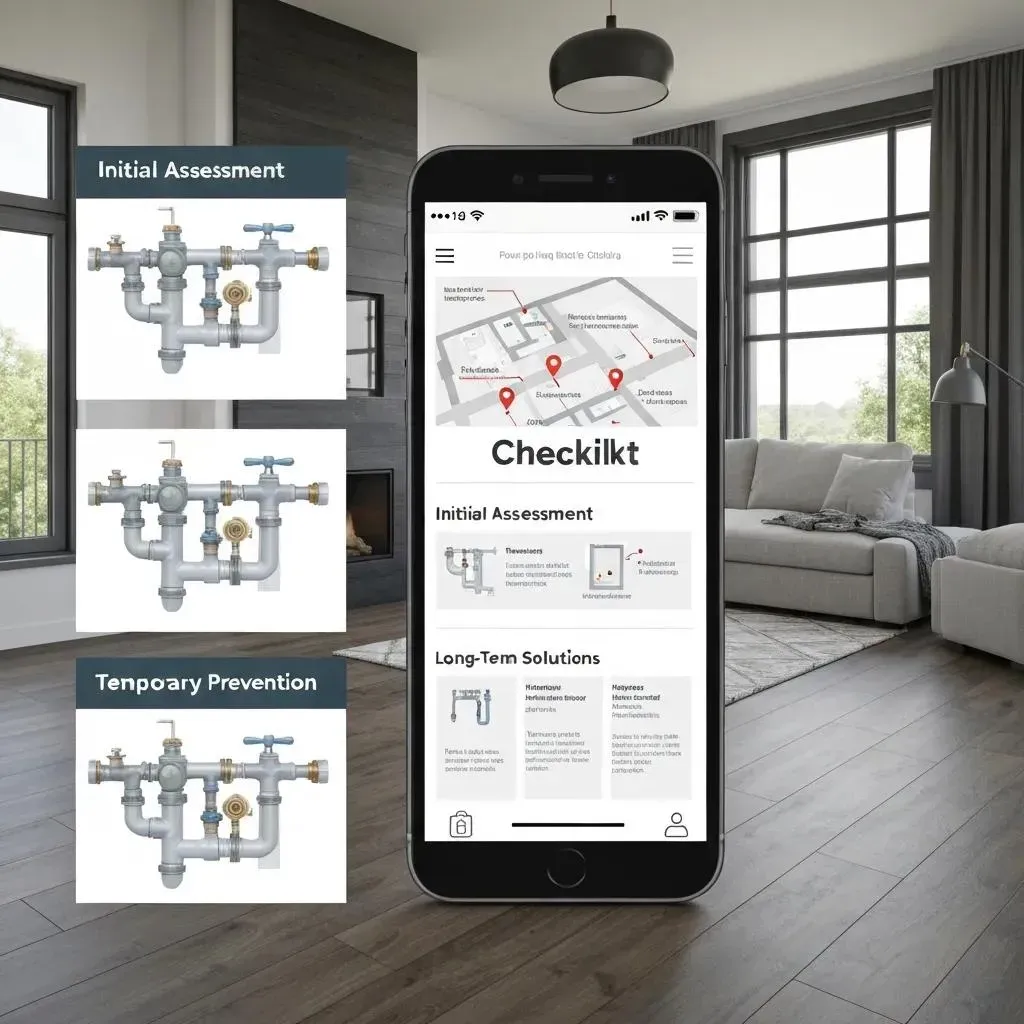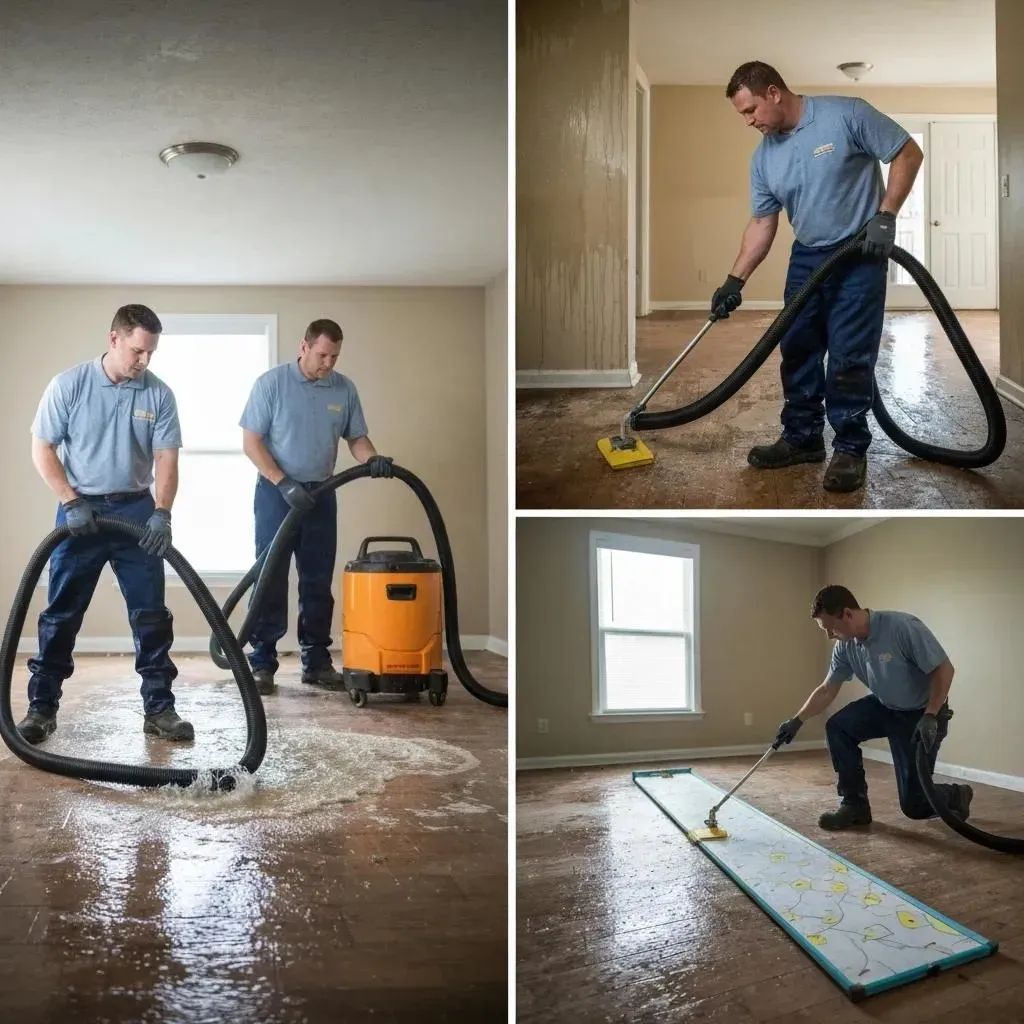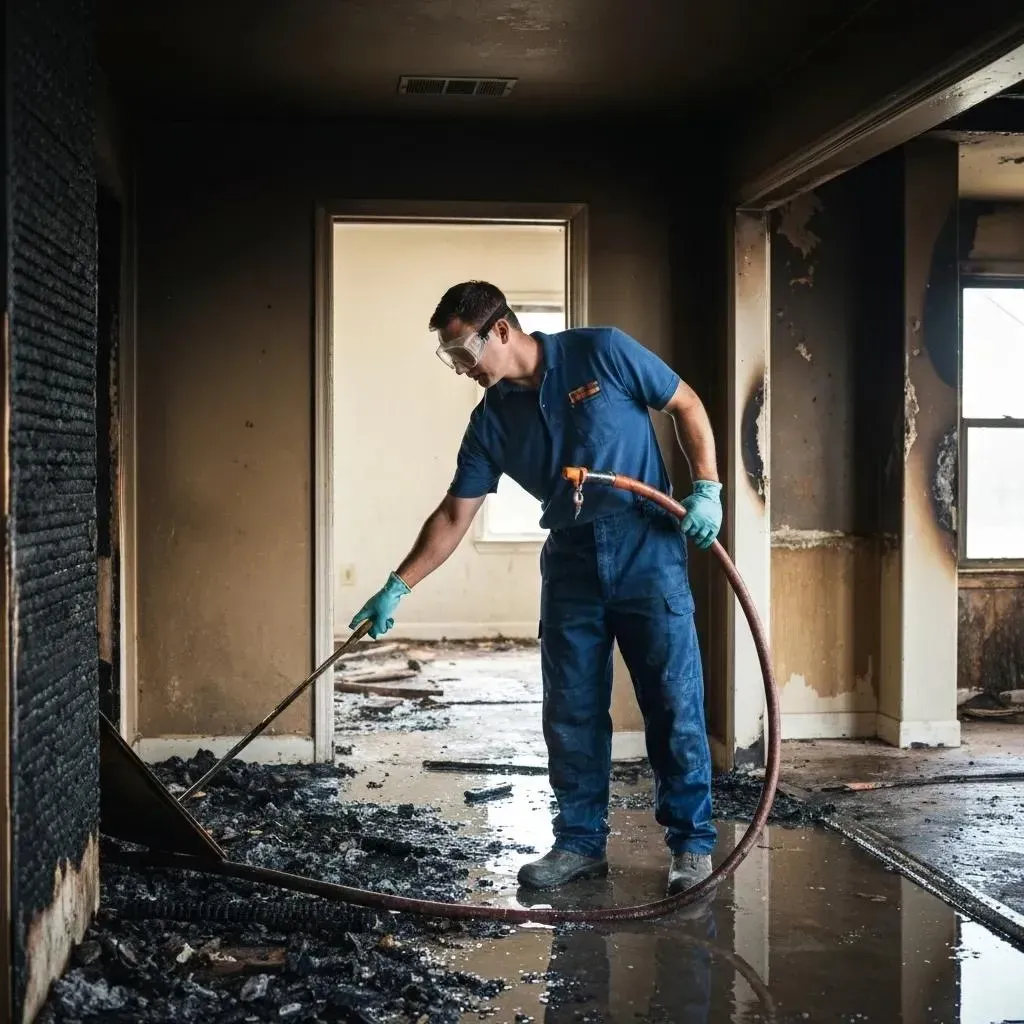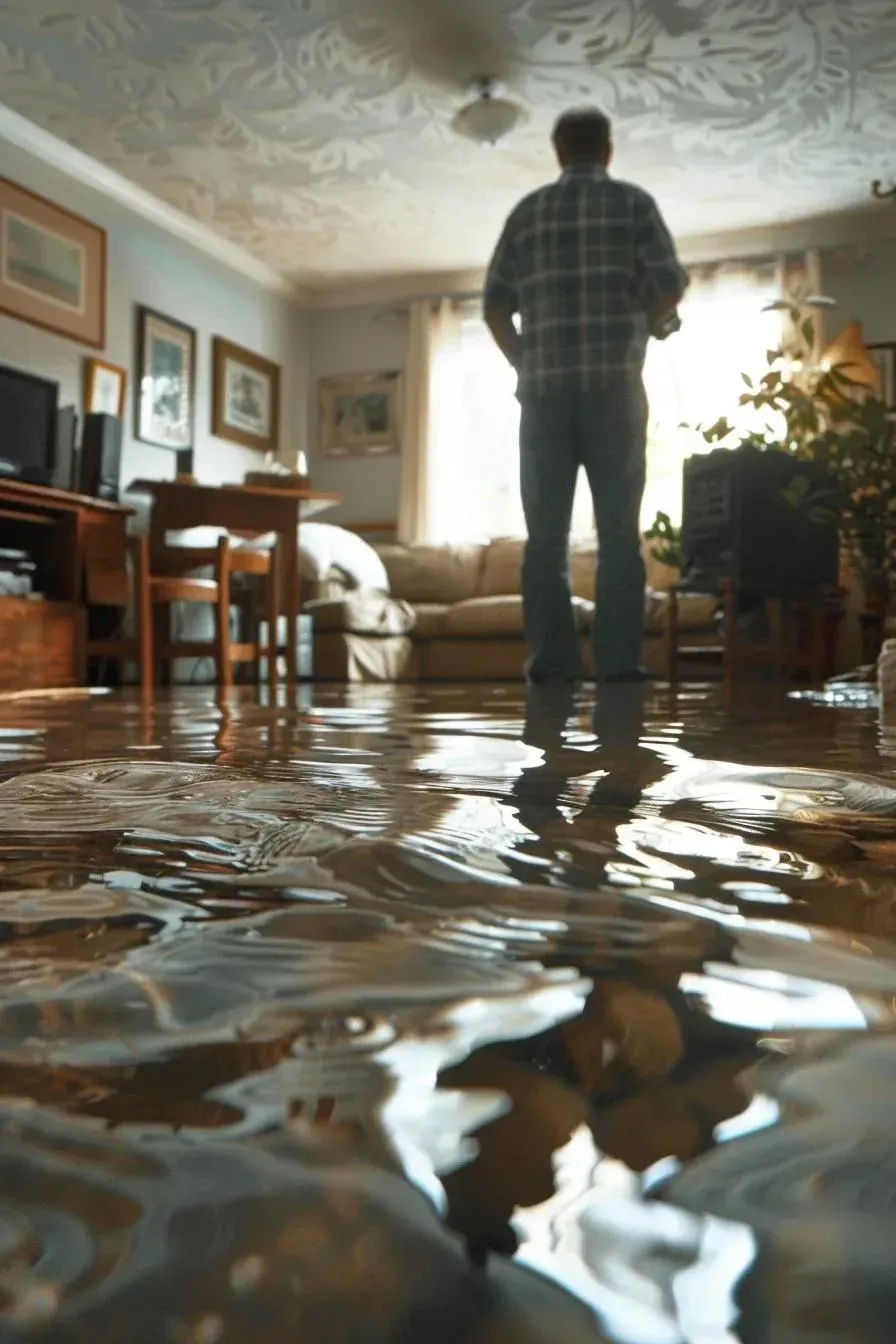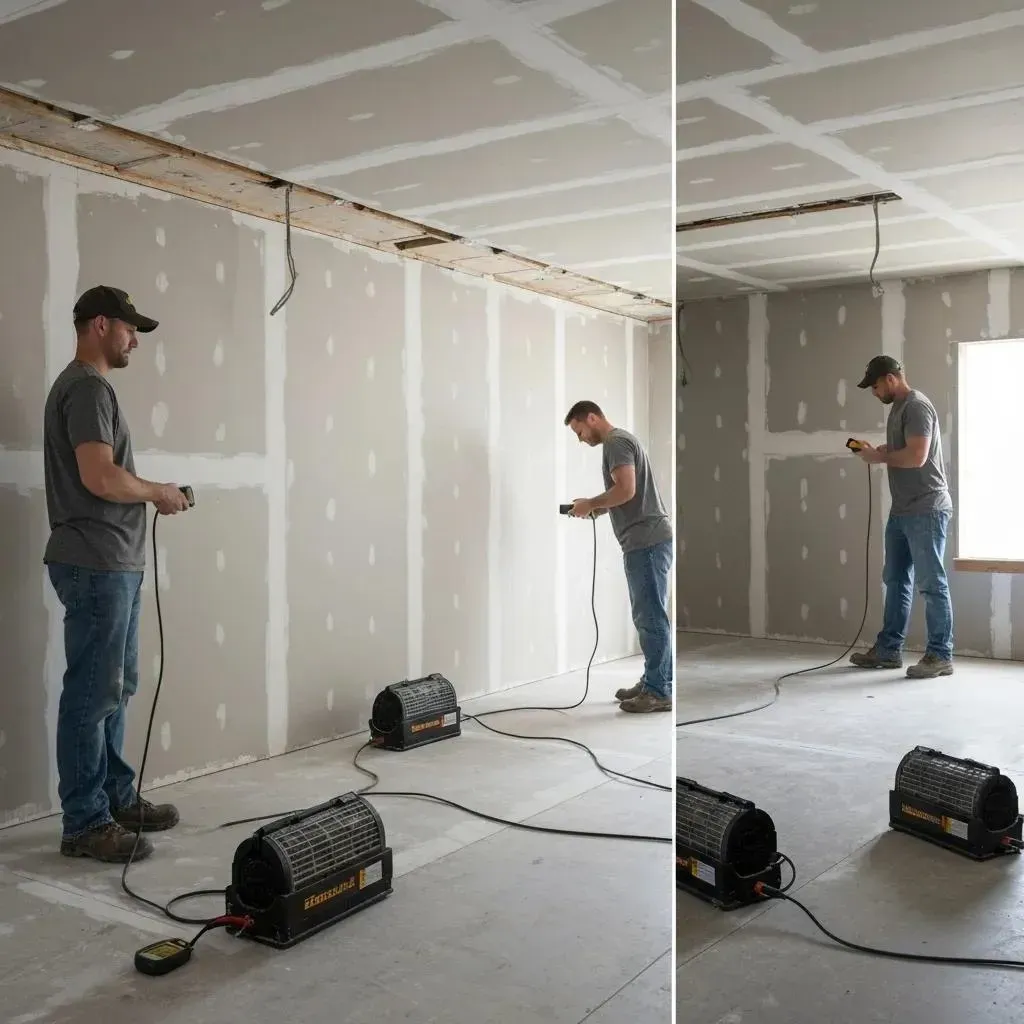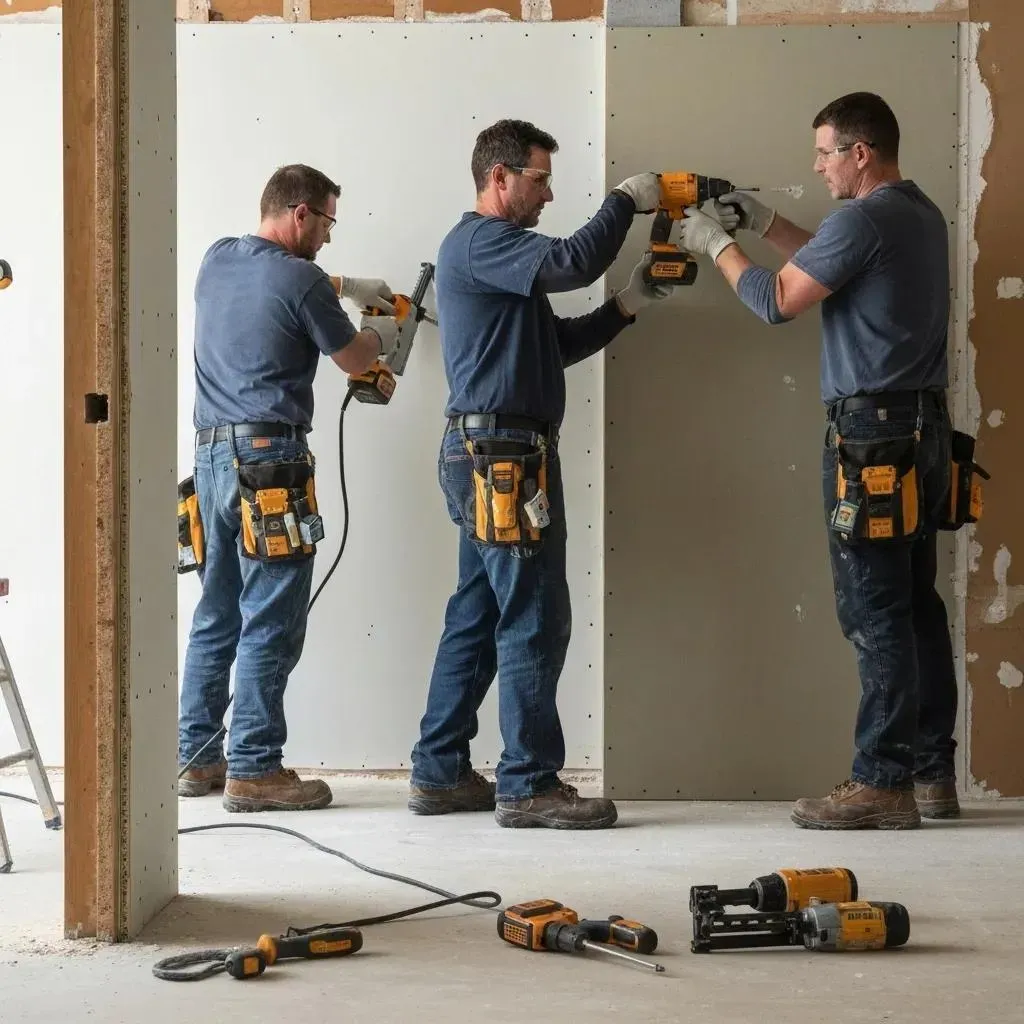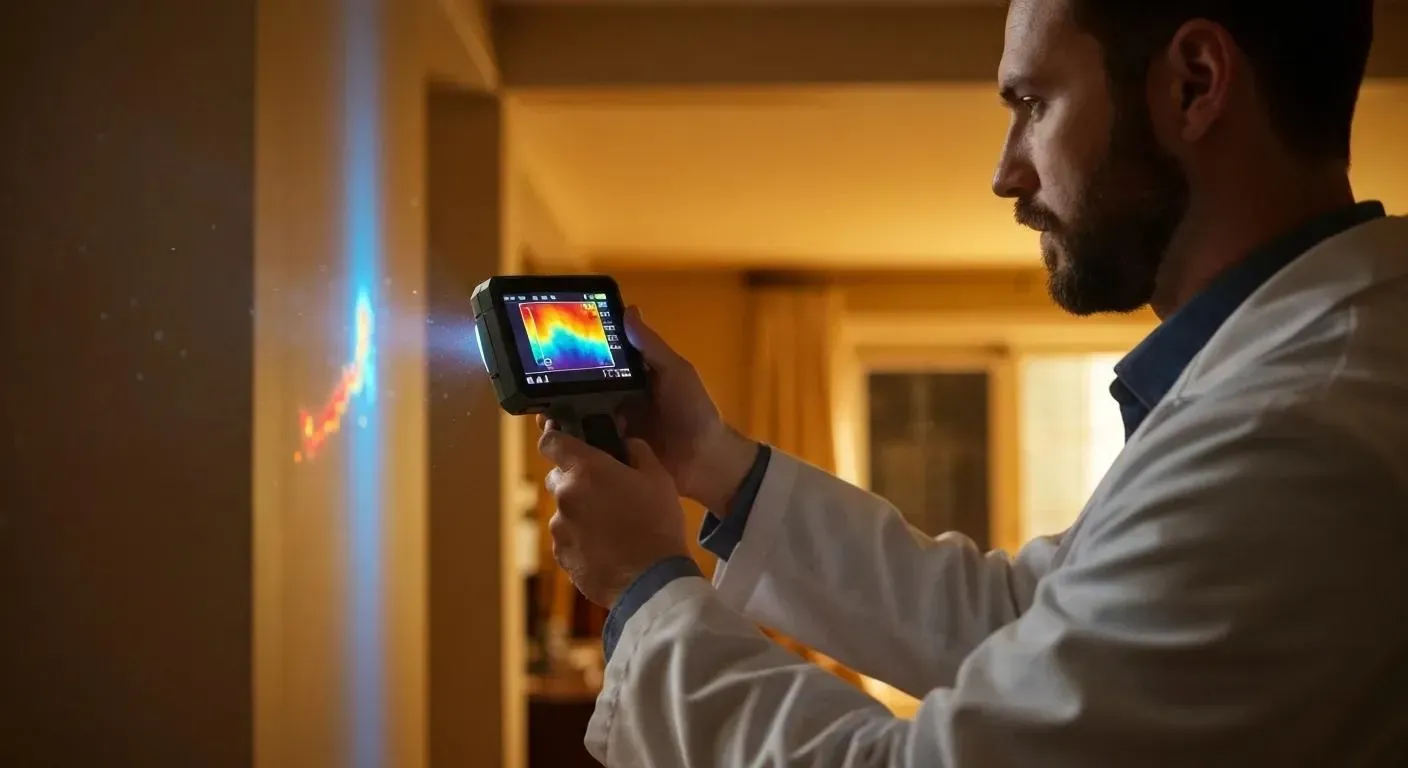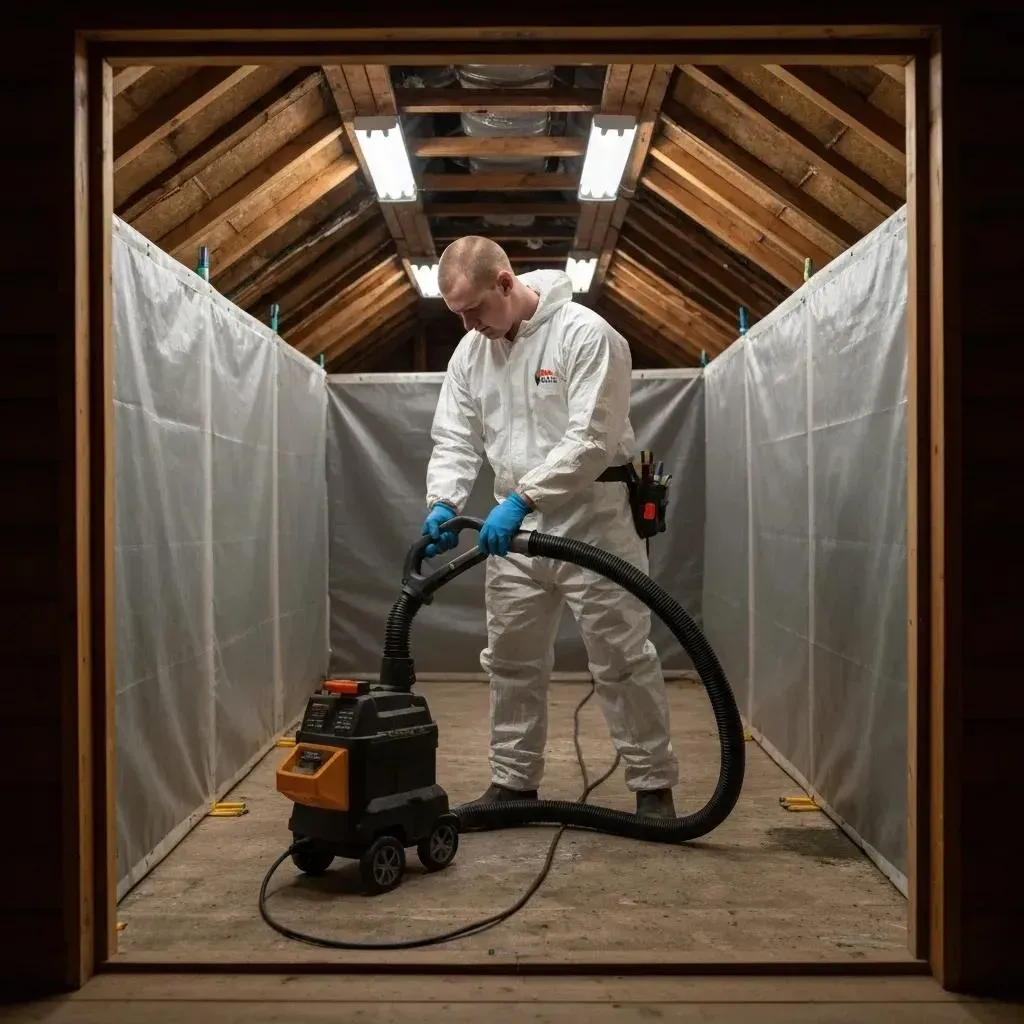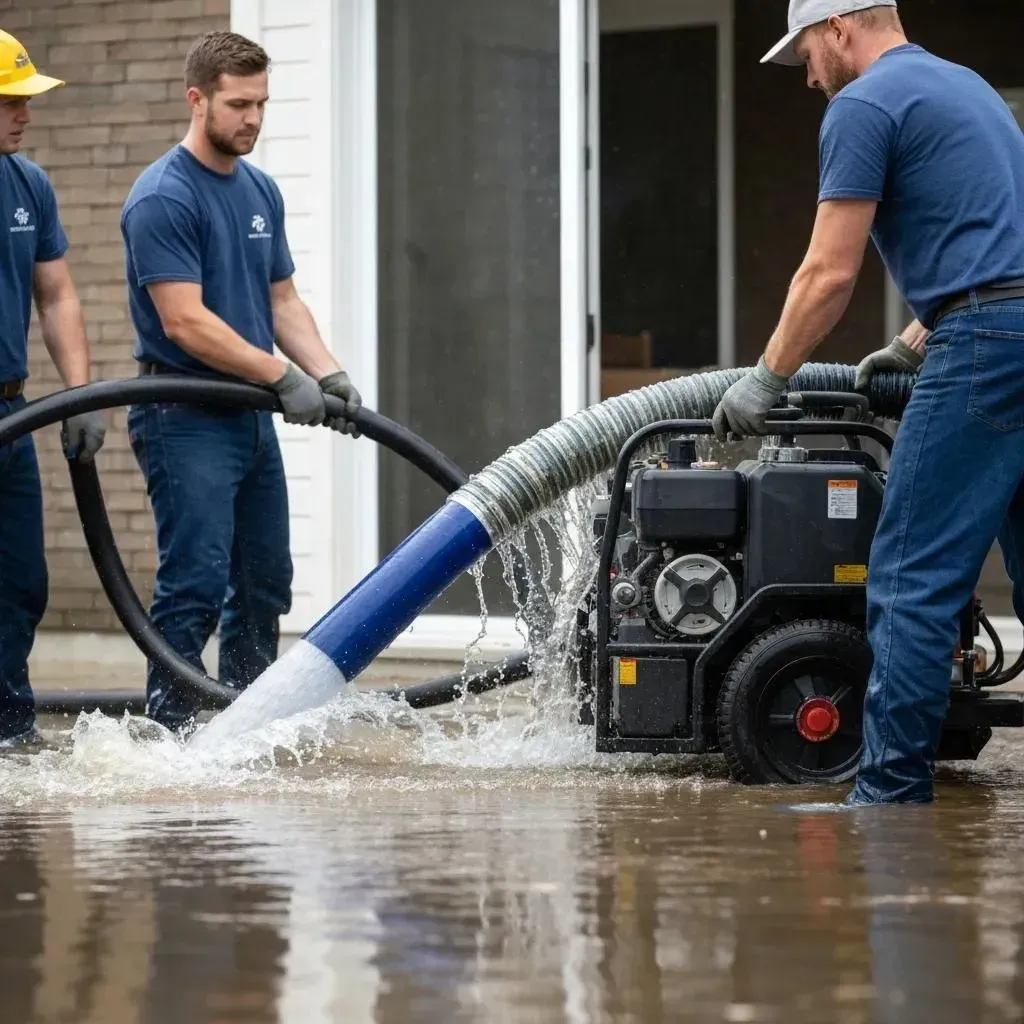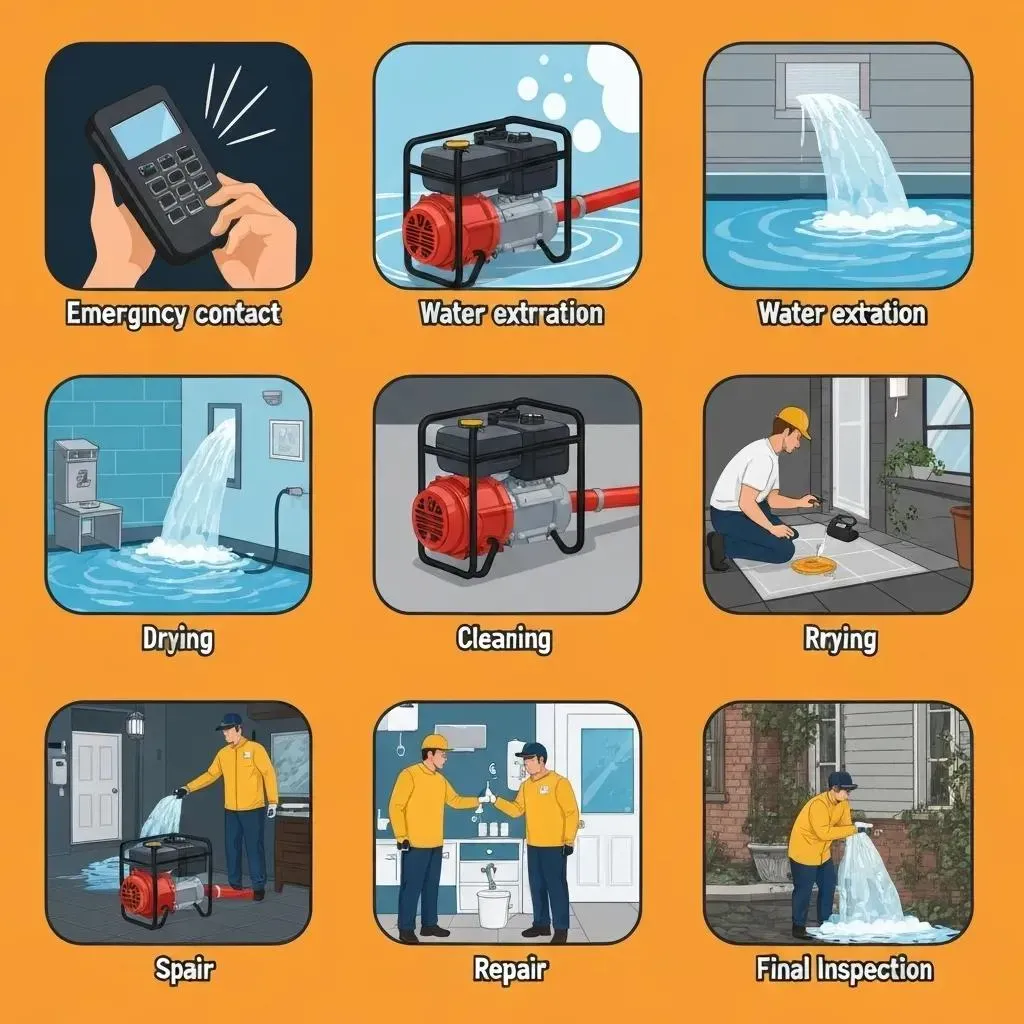Blog
Emergency flood damage repair is crucial for minimizing property damage and ensuring safety. When faced with unexpected water damage, quick action is your best defense. Here's what you need to do immediately:
- Ensure your safety first: Turn off the electricity if it's safe to do so, and avoid standing water until electricity is confirmed off.
- Stop the water source: If possible, shut off water supply lines to prevent further damage.
- Document the damage: Take photos and make notes of the water levels and affected areas for insurance.
- Contact professionals: Call an expert restoration service for immediate help and guidance.
As someone who’s worked extensively in emergency flood damage repair, I understand how overwhelming these situations can be. My team and I at Accountable Home Services are dedicated to providing swift, reliable solutions to restore and protect your home. Our expertise ensures that we tackle these emergencies efficiently while keeping your family's safety front and center.
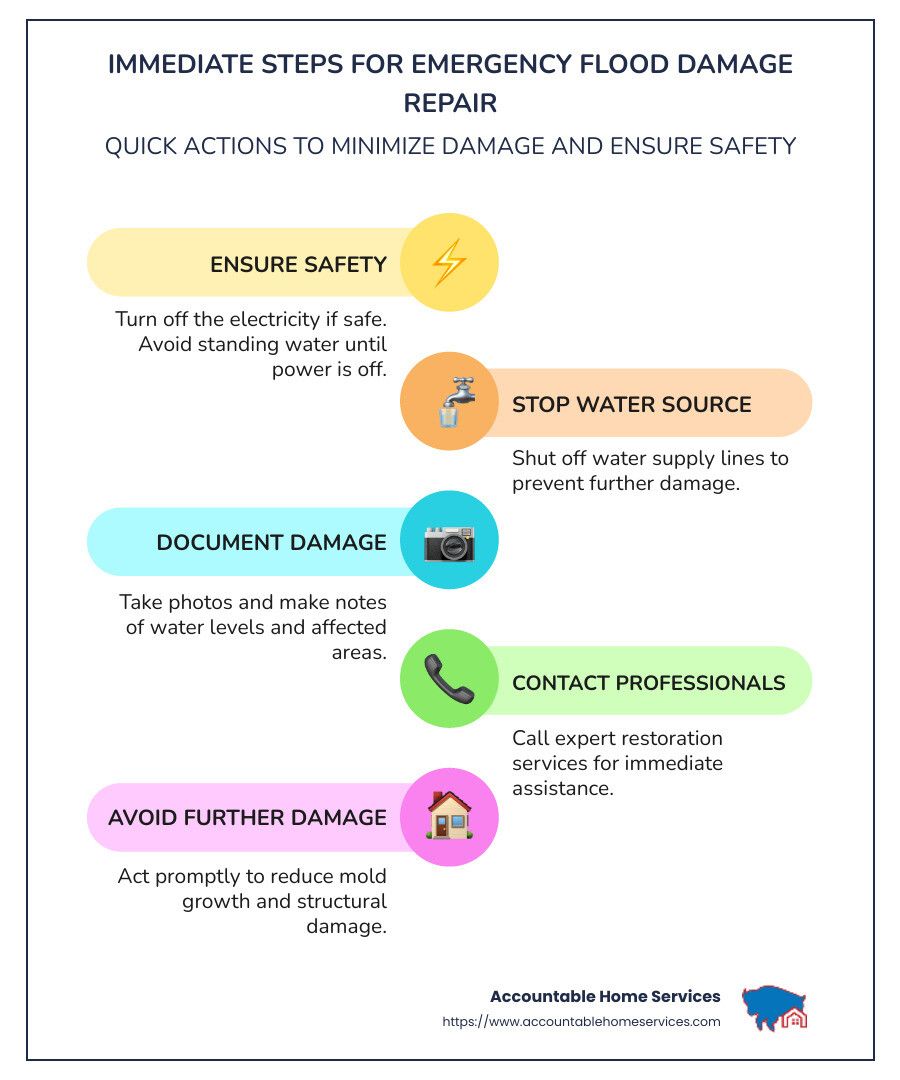
Understanding Flood Damage
Flood damage can be a homeowner's worst nightmare. It not only affects the physical structure of your home but can also lead to long-term issues like mold growth. Let's break down the key elements of flood damage.
Flood Causes
Floods can stem from various sources. Weather-related flooding, such as heavy rainfall, melting snow, or hurricanes, is common in areas like Denver. These natural events can overwhelm drainage systems, leading to water accumulation. Infrastructure failures, like burst pipes or broken water mains, can also cause severe flooding. In fact, a simple pipe burst can release thousands of gallons of water into your home in minutes.
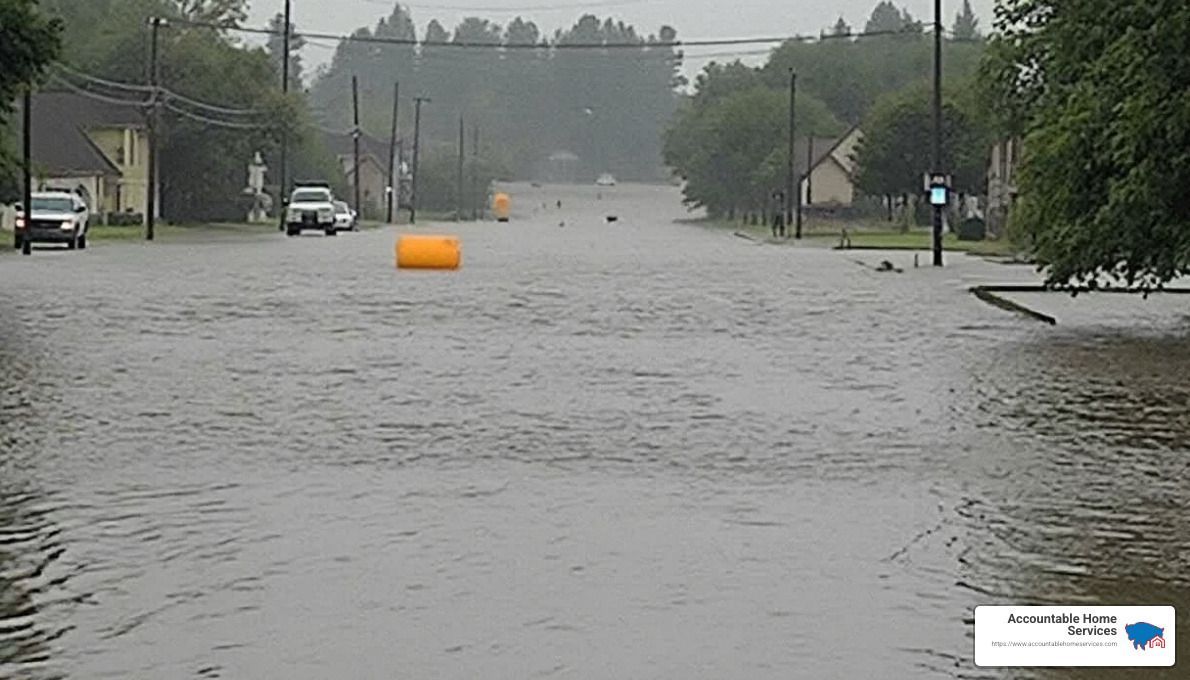
Structural Damage
When floodwaters invade your home, they can cause significant structural harm. Water seeps into walls, floors, and foundations, weakening them over time. This can lead to cracks, warping, and even collapse if not addressed promptly. Structural integrity is compromised, making your home unsafe. Immediate water extraction and drying are crucial steps to prevent further damage.
Mold Growth
Mold is a silent invader that often follows flood damage. It thrives in damp environments and can start to grow within 24 to 48 hours after water exposure. Mold not only damages your property but poses health risks, especially for those with allergies or respiratory issues. Preventing mold growth involves thorough drying and dehumidification, as well as professional mold remediation if necessary.
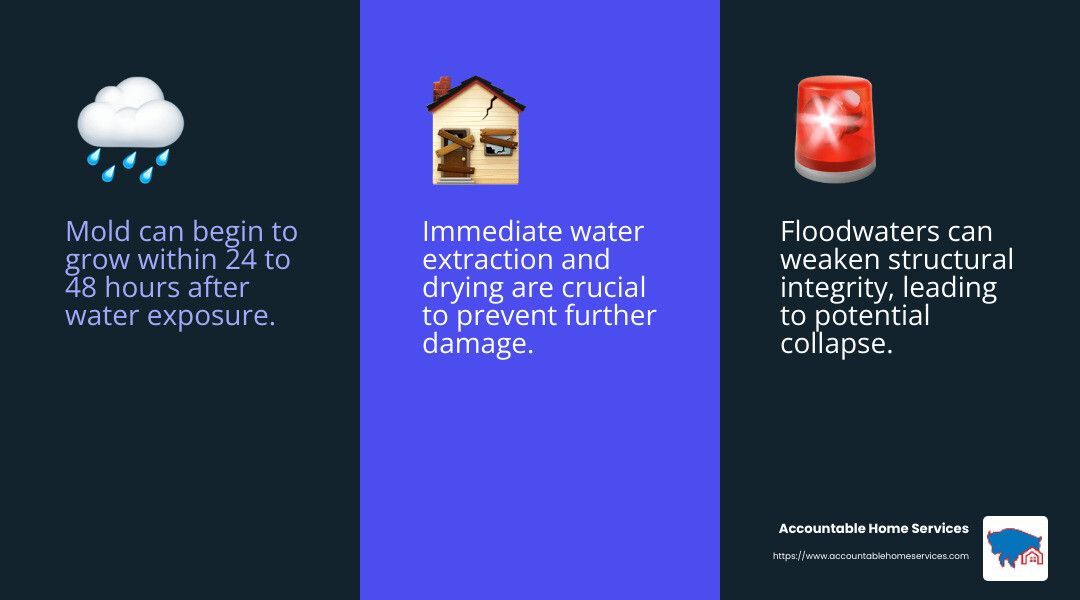
In summary, understanding the causes and consequences of flood damage can help you take proactive steps to protect your home. Whether it's reinforcing your home's structure or implementing preventative measures, being prepared can make all the difference.
Now that we've covered the basics of flood damage, let's dive into the steps for emergency flood damage repair to safeguard your home and health.
Emergency Flood Damage Repair Steps
Flooding can be overwhelming, but taking the right steps can make a big difference in minimizing damage to your home. Here's a straightforward guide to help you steer through emergency flood damage repair.
Safety Precautions
First and foremost, ensure your safety and that of your family. If floodwaters are rising, evacuate to a safe location immediately. Once it's safe to return, be cautious:
- Turn off electricity to avoid the risk of electric shock. Never enter a flooded area until power is off.
- Avoid contact with floodwater, which can carry harmful contaminants.
- Wear protective gear like gloves and boots when assessing the damage.
Water Extraction
Once safety is secured, the next step is to remove water as quickly as possible. Standing water can cause further damage and promote mold growth:
- Use pumps and wet vacuums to extract water. If the flood is extensive, professional equipment might be necessary.
- Open doors and windows to allow fresh air to circulate, aiding in the drying process.
Drying and Dehumidification
After water extraction, thoroughly drying out your home is crucial to prevent mold and structural damage:
- Deploy high-capacity fans and dehumidifiers to expedite drying. These tools help remove moisture from the air and surfaces.
- Focus on areas like basements and crawlspaces, which are prone to retaining moisture.
Mold Prevention
Mold can start growing within just 24 to 48 hours, so early prevention is key:
- Inspect for signs of mold, such as musty odors or visible spots.
- If mold is present, contact professionals for mold remediation. They have the expertise to safely remove mold and prevent its return.
- Keep humidity levels low by continuing to use dehumidifiers and ensuring good ventilation.
By following these steps, you can significantly reduce the impact of flood damage on your home. The quicker you act, the better you can safeguard your property and health.
Up next, we'll explore the essential tools and techniques used in tackling flood damage effectively.
Essential Tools and Techniques
When dealing with emergency flood damage repair, having the right tools and techniques is crucial. Here's a look at what professionals use to tackle the aftermath of flooding.
Water Removal
Removing water quickly is the first step. The longer water sits, the more damage it can cause.
- Pumps and Wet Vacuums: These are essential for extracting large volumes of water. High-powered pumps are used for deep water, while wet vacuums work well for smaller areas.
- Mops and Towels: For smaller spills or areas that are nearly dry, mops and towels can help soak up remaining moisture.
Structural Drying
Once the water is removed, drying the structure is critical to prevent further damage and mold growth
- Air Movers: These are powerful fans that increase air circulation, speeding up the drying process. They are strategically placed to maximize airflow over wet surfaces.
- Dehumidifiers: These devices remove moisture from the air, which helps dry out the structure. They are especially important in enclosed spaces where air movers alone aren't enough.
Dehumidifiers
Dehumidifiers are a key component in the drying process. They help maintain low humidity levels, which is essential to prevent mold growth.
- High-Capacity Dehumidifiers: These are used in large spaces to remove significant amounts of moisture from the air.
- Portable Dehumidifiers: Smaller units can be moved to different areas as needed, making them versatile for various spaces.
Air Scrubbers
Air scrubbers play a vital role in maintaining air quality during flood restoration.
- HEPA Air Scrubbers: These machines filter the air, removing contaminants like mold spores and dust. This is crucial in preventing respiratory issues and ensuring a safe environment.
- Carbon Filters: Sometimes used in conjunction with air scrubbers, carbon filters help eliminate odors caused by floodwaters.
Using these tools and techniques, professionals can effectively manage and mitigate flood damage. The right equipment not only speeds up recovery but also ensures a safer environment for everyone involved.
In the next section, we'll discuss how to prevent future flood damage, so you can protect your home from similar incidents.
Preventing Future Flood Damage
Taking proactive steps can significantly reduce the risk of flood damage to your home. Here are some key measures to consider:
Smart Shut-Off Valves
Installing a smart shut-off valve is a wise investment for homeowners. These devices automatically detect leaks and shut off your main water supply, preventing extensive water damage. With a smart shut-off valve, you can enjoy peace of mind knowing that your home is protected even when you're away.
Routine Inspections
Regular inspections of your home’s plumbing system are crucial. Check visible pipes for signs of wear, corrosion, or leaks. Inspect appliance hoses connected to washing machines and dishwashers for any cracks or wear. Catching and fixing small issues early can prevent major problems down the line.
Gutter Maintenance
Keeping gutters and downspouts clear of debris is vital for proper water flow. Clogged gutters can cause water to overflow, leading to foundation issues and roof leaks. Regularly clean your gutters, especially before heavy rain or snowmelt, to ensure they function effectively.
By implementing these preventive measures, you can safeguard your home against the costly and stressful consequences of flood damage. Next, we'll address some frequently asked questions about emergency flood damage repair.
Frequently Asked Questions about Emergency Flood Damage Repair
What should I do immediately after water damage?
First, ensure safety. If water is entering your home, turn off the electricity at the circuit breaker to avoid electrical hazards. Next, stop the water source. If it's safe, locate and turn off the main water valve to prevent further flooding. Once the immediate danger is contained, document the damage. Take photos and make notes of affected areas and belongings. This documentation is crucial for insurance claims and repair estimates.
Is flood damage repairable?
Yes, flood damage is often repairable, but the extent depends on the severity. Minor flooding can usually be addressed with professional cleanup and drying. However, in cases of total loss, such as severe structural damage, more extensive repairs or rebuilding may be necessary. Insurance can play a key role here. Many policies cover sudden and accidental water damage, but understand your coverage specifics.
Who to call for water damage repair?
For effective water damage repair, it's best to call professional services like Accountable Home Services. They have the expertise and equipment needed to handle water extraction, drying, and mold prevention. Professionals use state-of-the-art tools, such as dehumidifiers and air scrubbers, to ensure thorough cleanup. Their experience in dealing with insurance claims can also help streamline the process, ensuring you get the support you need.
Conclusion
When disaster strikes, knowing you have a reliable partner makes all the difference. At Accountable Home Services, we understand the urgency and stress that comes with emergency flood damage repair. That's why we offer a 24/7 response to ensure that help is always just a phone call away. Our team is dedicated to getting your home back to normal as quickly and efficiently as possible.
Our certified technicians are equipped with cutting-edge tools and adhere to strict safety standards. This means you can trust that every job will be done thoroughly and professionally. We pride ourselves on our expertise in water, fire, mold, and asbestos remediation, ensuring a comprehensive approach to every situation.
We know that dealing with insurance can be a headache, especially in times of crisis. That's why we offer direct insurance billing to minimize stress for our clients. We'll work closely with your insurance provider to ensure a smooth claims process, so you can focus on what's most important—getting your life back on track.
If you're facing water damage in the Denver Metro Area, don't hesitate to reach out. Let us be your trusted partner in restoration. Contact us today for more information on our water damage services.

